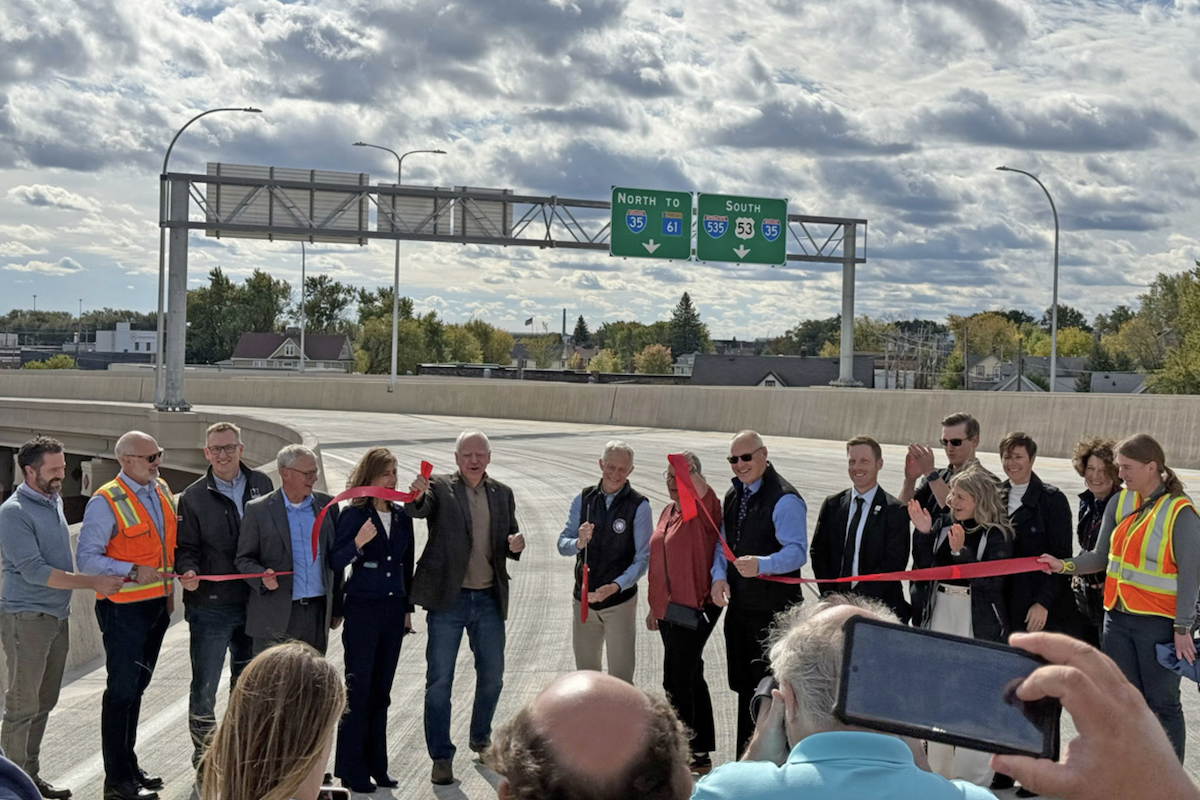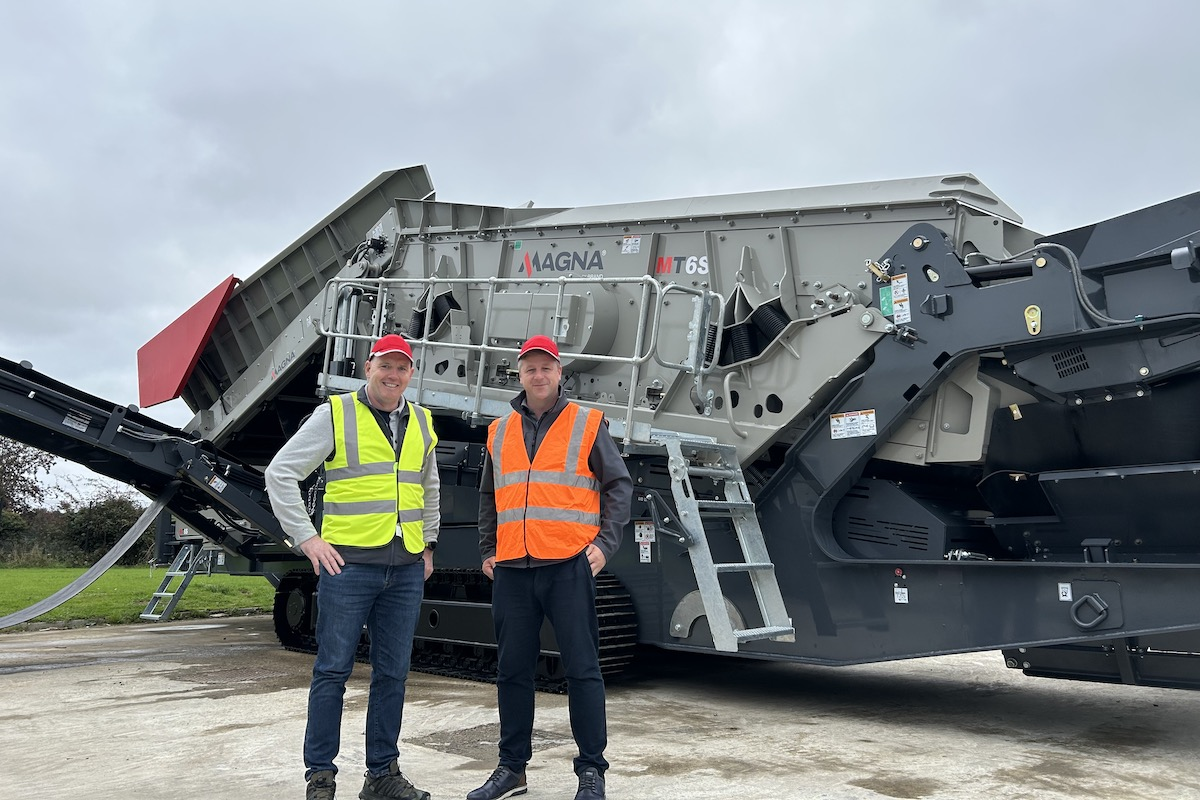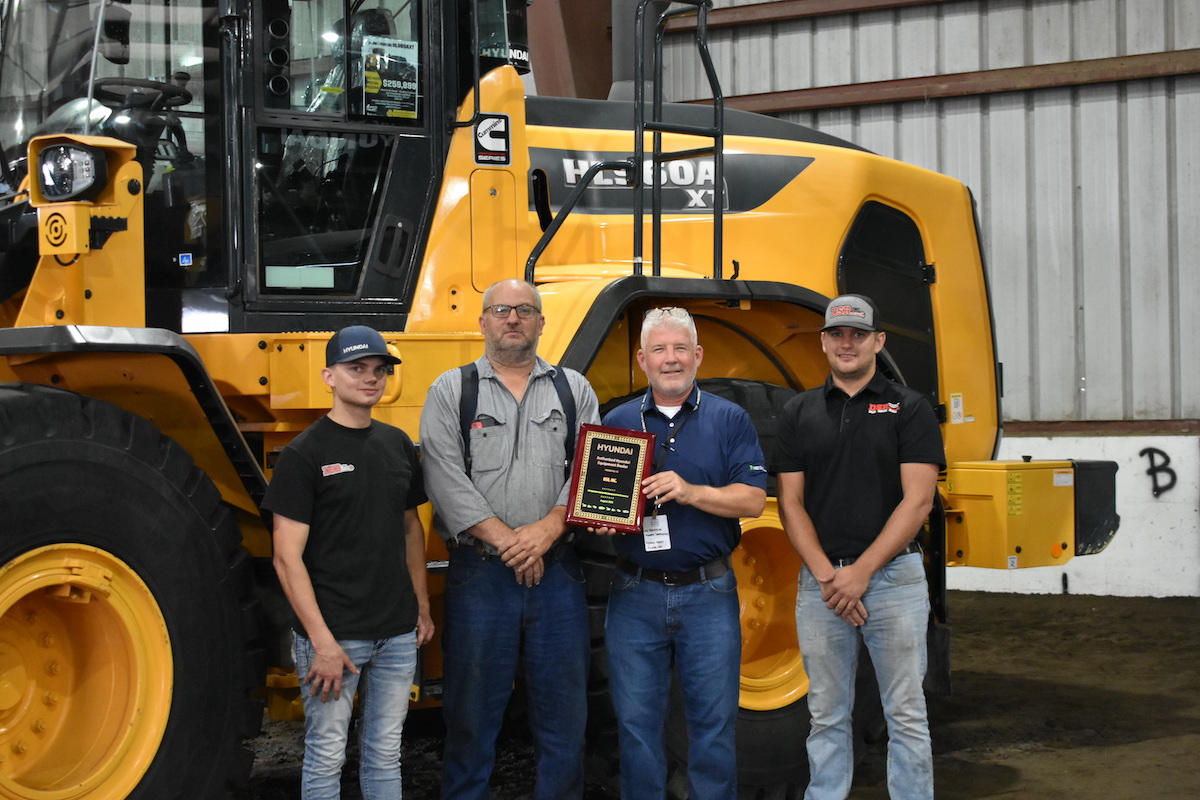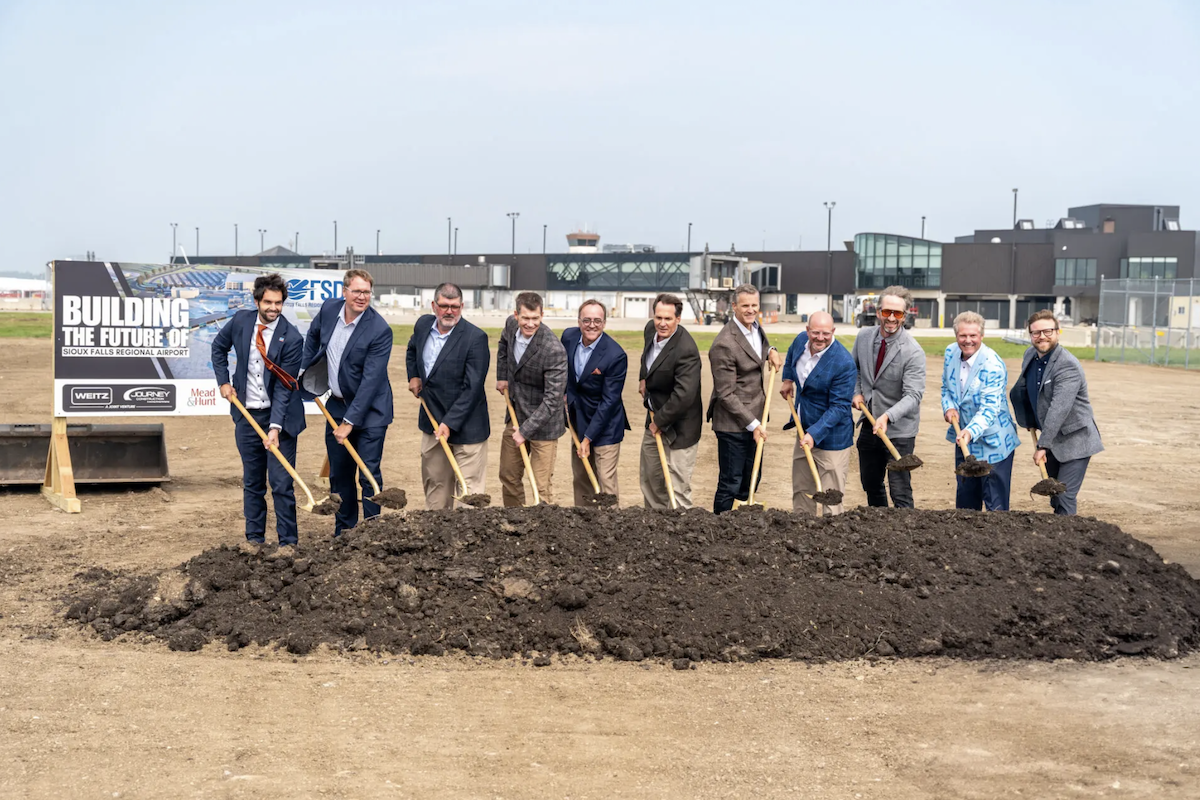Fast forward to today, where we find an industry with a long history now characterized by advanced technology and innovative processes. The product hasn’t changed, but increasing infrastructure and construction needs create a demand for constant innovation in how material is collected and processed. Mines and quarries must stay on the cutting edge to keep up, maximizing productivity and profits in a rapidly changing industry. One way producers are doing this is by embracing advanced technology and diagnostics processes.
Such programs analyze dozens of different process equipment pieces, from crushers and vibrating screens to material washers and conveyers. Beyond equipment, the systems use scientific-based methods to monitor the operation’s input, output and waste piles. Plant simulation software is used by OEMs to diagram plant flow by calculating the mass and volumetric flow rates with machine-specific operating parameters when looking at machine placement. The software is also ideal for product pre-calculations when changing products or production rates, including dry and wet crushing, screening, and sorting processes.
While several brands of plant simulation software exist, few are created by equipment OEMs. Software functionality is certainly a critical element, but perhaps more critical is a firm understanding of the equipment and process the software is designed to optimize. Choosing software programmed by an equipment manufacturer allows for the most accurate simulations and enhanced features based on real world application knowledge. Software that includes on-site training further maximizes the effectiveness of the program.
Advanced vibration analysis systems allow the user to measure the health of a vibrating screen and spot irregularities invisible to the naked eye. This could be a hairline crack in a side plate or side plate twisting that could affect longevity. The ability to catch and address these issues early can mean significant savings in terms of downtime and repair costs as a result of preventing a chain reaction of damage caused by the initial issue. For example, a damaged spring causing irregularities on a vibrating screen may not be immediately apparent during day-to-day operation but could lead to high costs if not fixed. In one recent case, a British Columbia producer used vibration analysis and the data indicated a problem. This led the operation to discover a broken spring and damage to the vibrating screen’s foundation as a result. The producer saved money by catching and correcting the problem early.

| Your local Trimble Construction Division dealer |
|---|
| SITECH Northwest |
Vibration analysis also allows producers to fine-tune their equipment to maximize performance. Although the technology began with wired sensors, some of today’s versions include eight wireless tri-axial sensors that fasten to key areas of a vibrating screen. Measurements from these systems can include orbit, acceleration, deviations and other important data points that indicate the condition of the machine. The sensors transmit the collected information via Wi-Fi to a tablet, allowing the user to stand a safe distance away during the process.
The data can also be sent to an online dashboard to be stored, allowing operations to view historical information and track machine performance. Some manufacturers offer to have their engineers review the data to provide technical insight and recommendations, all without needing to visit the site. On-site inspections can then be scheduled for further examination, if needed.
Service programs that include thorough site visits by experienced OEM representatives are essential for choosing the best possible solutions for an operation. Some manufacturers offer comprehensive vibrating screen and screen media inspections followed by thorough reports to highlight areas for improved efficiency. These can be complemented by diagnostic services such as vibration analysis or plant simulation.
This type of program can extend service intervals, improve vibrating screen and periphery equipment performance and save operations money. Inspections can be conducted even while equipment is running so they don’t interfere with the flow of the operation.
Following all of this, the OEM can provide knowledge-backed recommendations. For example, production issues caused by blinding and pegging problems could be solved by changing to a different type of screen media or by blending media depending on its location on the deck. Adding polyurethane wear liners will boost longevity. General maintenance problems may be found that, left unresolved, could cost much more down the line.

| Your local Gomaco dealer |
|---|
| Swanston Equipment Co |
| Hayden-Murphy Equipment Co |
Partnering with an OEM for regular check-ups can ensure operations continue to run as efficiently as possible.
When looking for new equipment, talk to the OEM about warranty programs that include biannual site visits, equipment inspections, vibration analysis, screen media evaluations, and recommendations. Some OEMs will offer warranties for up to three years.
Innovations such as simulation software and vibration analysis make it easy to gather the information needed to stay ahead. Coupled with evaluations and recommendations from an expert manufacturer, that means more uptime and improvements to the bottom line.








































































